

Walking on the surface of Titan would be like walking on a beach while the tide is going out, according to a new study. Or, if snow is your preferred outdoor surface, it’s like breaking a snowshoe trail on a sunny day. The huge Saturnian moon’s surface has the consistency of damp sand or crusty snow–you can walk gently on top, but push hard with your foot and you’ll break through, sinking down at least a few inches.
This comes from a new analysis of what happened to the Huygens lander, an oft-forgotten component of the Cassini-Huygens mission to the Saturn system. Huygens was a 400-pound lander that apparently “bounced, slid and wobbled” until coming to rest on the surface of Titan. Previous analysis of its fate suggested that Titan had a soft surface, but now NASA knows it’s more complicated than that. Touch it lightly and it seems hard, but with more pressure, it yields.
Huygens parachuted to the surface of the moon and made a dent 4.7 inches deep before bouncing out onto a flat surface, according to NASA. It didn’t splat, which it would have done if the surface was muddy with liquid methane. This suggests it hadn’t rained any methane or ethane in a while when the probe landed. Huygens hit the ground with an impact speed similar to dropping a ball on Earth from a height of 3 feet, according to NASA.
The study analyzed data from Huygens, computer simulations and Earth-bound drop tests. It’s published in the journal Planetary and Space Science.



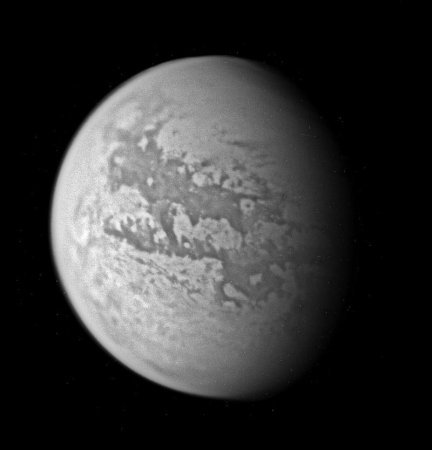


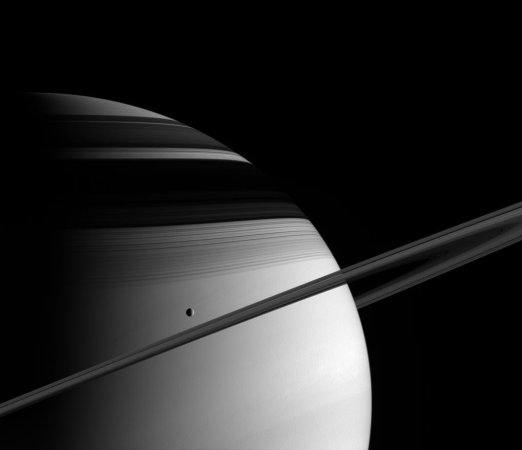
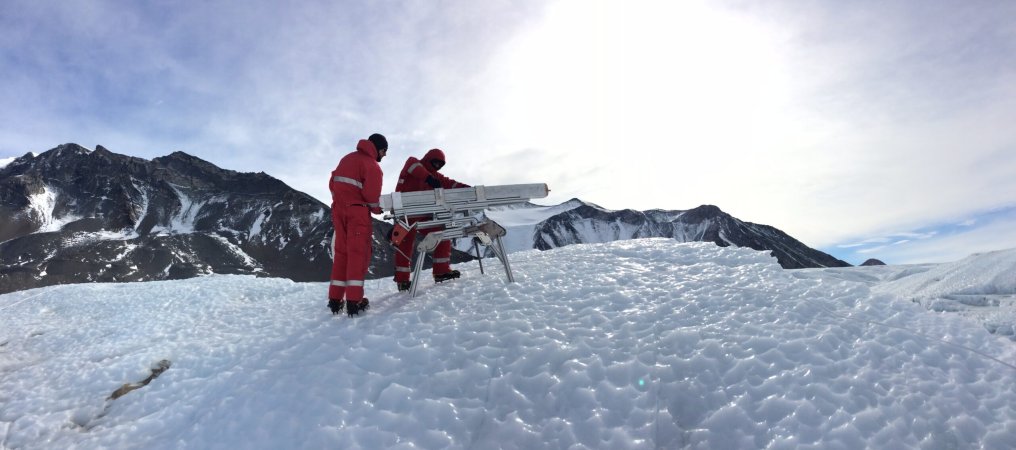

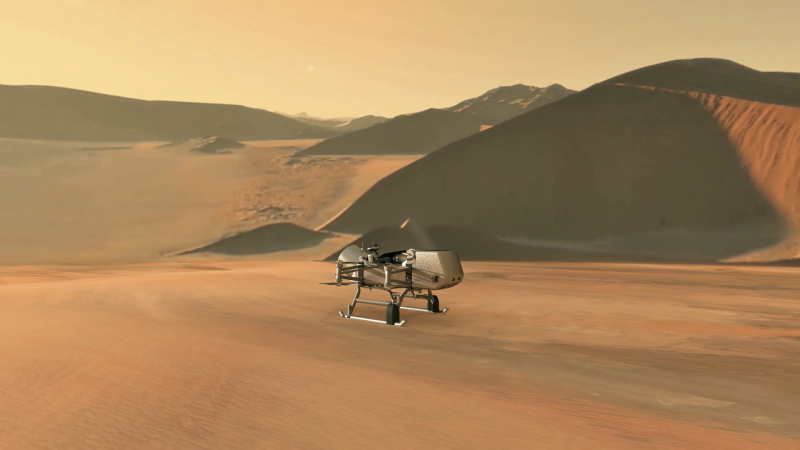
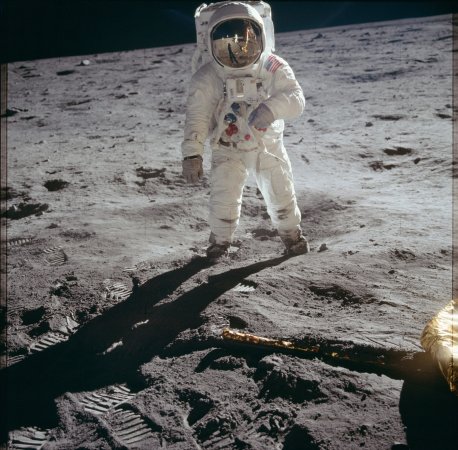

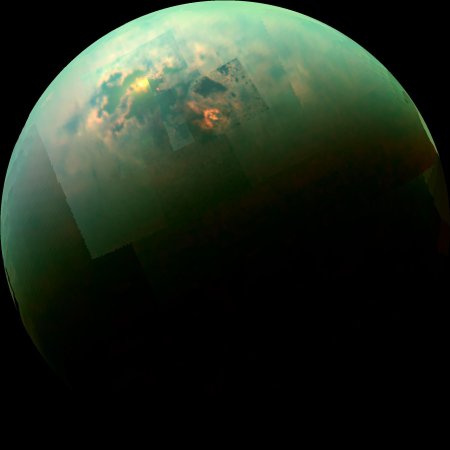
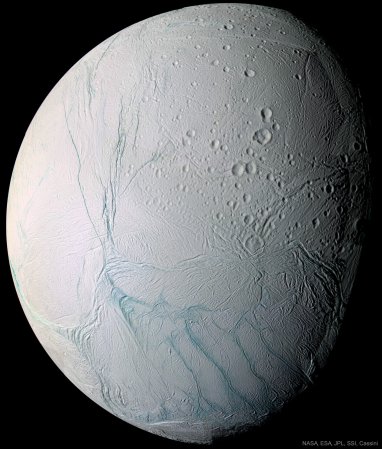
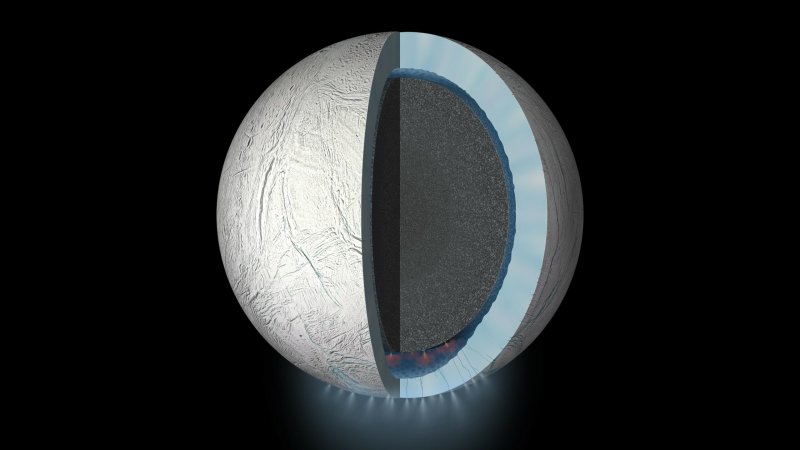

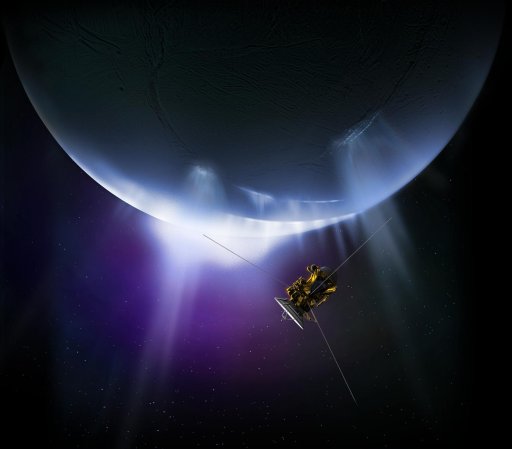








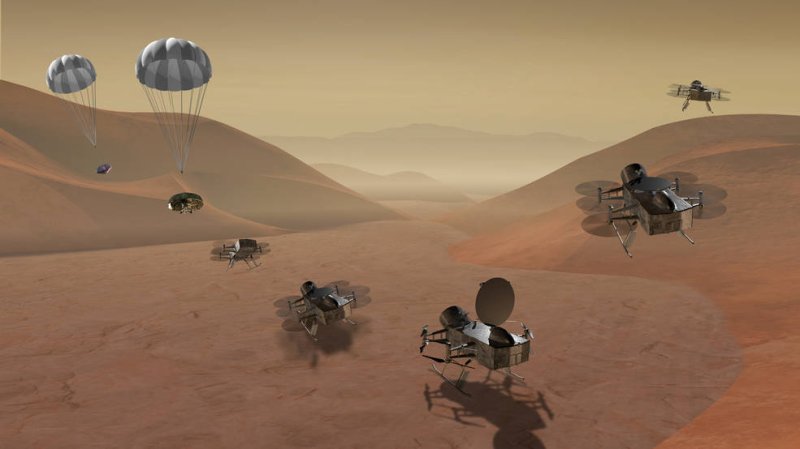





![Electric Brain Stimulation Warps Your Perception Of Faces [Video]](https://www.popsci.com/wp-content/uploads/2019/03/18/4IUYJY5QAYDTII4XM5PSVQBGOY.png?quality=85&w=485)